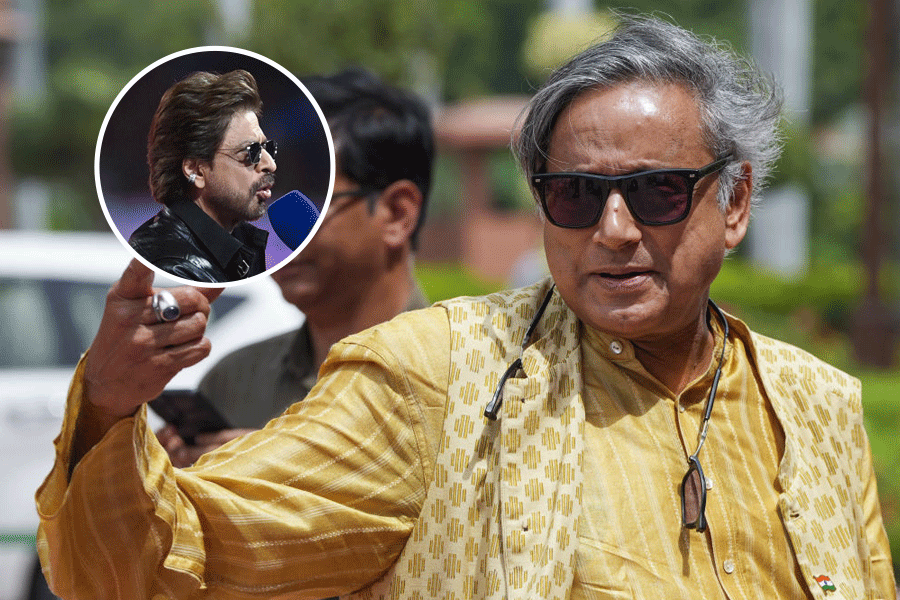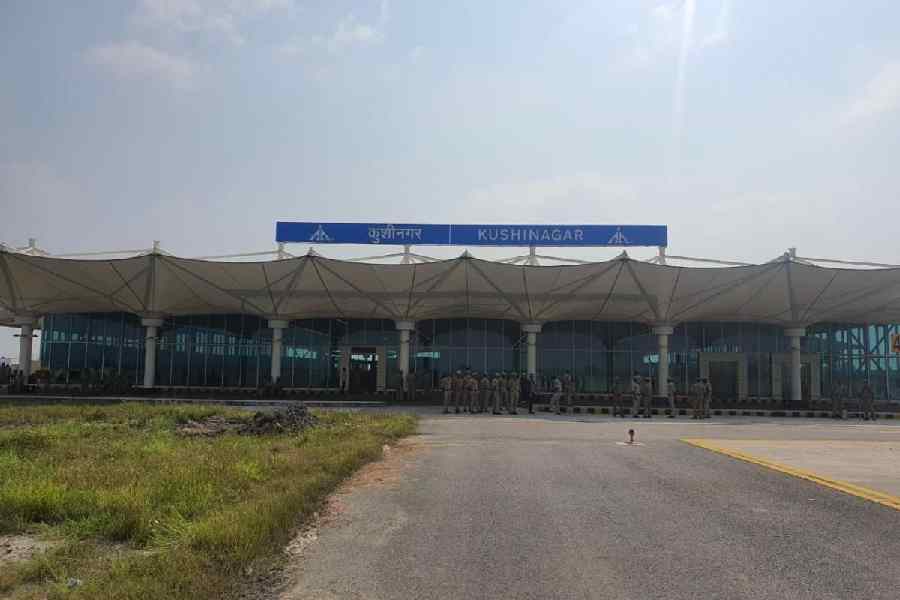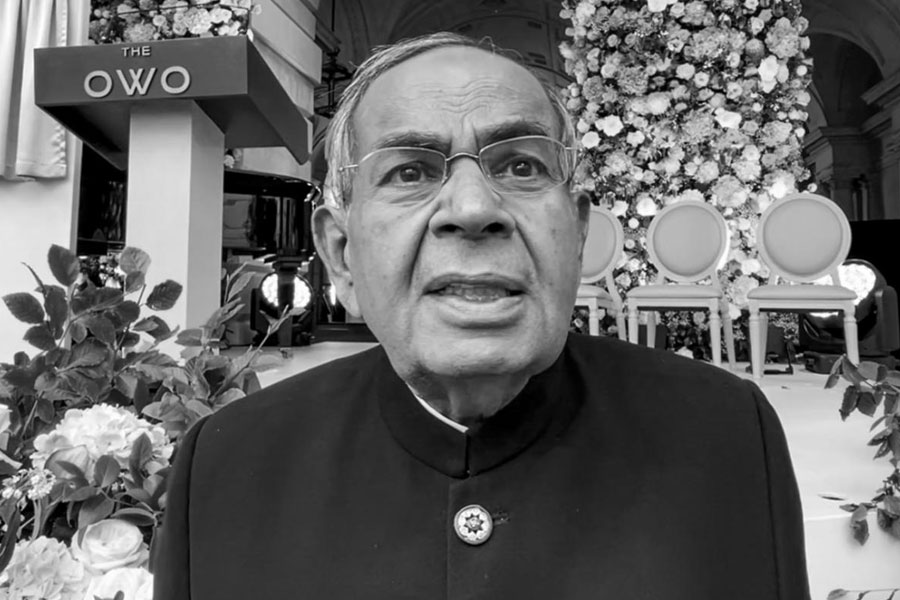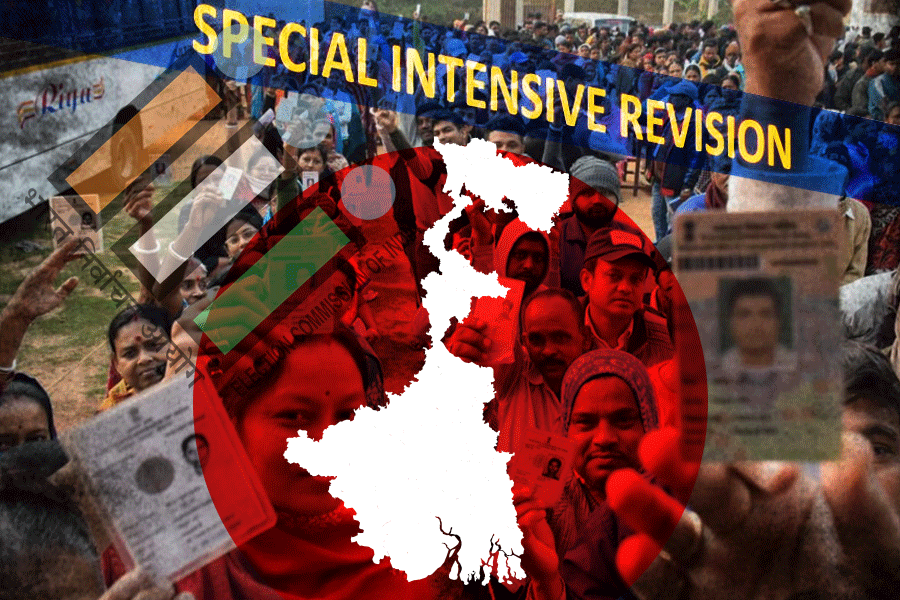 |
The Tebhaga Movement: Politics of Peasant Protest in Bengal 1946-1950 By Asok Majumdar, Aakar, Rs 695
It is an irony that probably the greatest peasant movement in the history of India is also the least known. Asok Majumdar’s book is a tribute to the Tebhaga movement. Unlike other sketchy writings on the movement, this book is updated with invaluable data that inquisitive scholars would feel grateful for. The book may provide the impetus for sustained research on peasant movements. Beginning with the agrarian structure of Bengal from the Mughal period onwards, and ending with the Tebhaga movement in Dinajpur and Kakdwip till 1950, Majumdar makes a point in the book that can hardly be missed.
The book discusses not only the ideology of the movement and its organizational structure but also its connection with peasant mobilization, the freedom struggle and the response it received from major political parties of the time like the Communist Party of India, the Congress and the Muslim League.
‘Tebhaga’ means two-third, and this was the demand of the sharecroppers or bargadars from the jotedars when the crops in different seasons were harvested. Before the movement picked up momentum, it was the bargadars who tilled, cultivated and harvested the land, but they had to give away half of the produce to the landowners, or the jotedars. When the sharecroppers made what they thought to be a legitimate demand of two-third of the produce, it created social unrest in the rural areas. Ever since the British rule, the bargadars were an exploited people. There were other forms of exploitation rampant in rural areas, like paddy loans at high rates, tolas or taxes collected at village fairs, and even tolas for writing receipts in lieu of the sale of animals.
It is heartening to know that when Bengal was torn apart by communal violence, the Tebhaga movement managed to protect some districts. Two chapters are devoted to case studies of the movement in the two districts of Dinajpur and Kakdwip which show the traits of these places and their importance. All this becomes relevant in the context of the agrarian structure of Bengal, which Majumdar describes in the first chapter. The second chapter gives a comprehensive analysis of 24 out of the 26 districts that were affected by this movement. The author explains the roles of the workers, the middle class, the women and the students. He opines that the movement must have influenced the major Left parties as well as the overall political environment of West Bengal.
Majumdar links the Tebhaga movement with the simultaneous struggle for independence, which, instead of giving a fillip to the peasant protest, pushed it to the background. The concurrent struggles of the natives against the foreigners on the one hand, and of the natives against their own kind as well as the foreign powers on the other, reflect the intricate pulls of class relations in the midst of political uncertainty.
The manner in which Majumdar charts out the roles of the major political parties of the time in the history of the peasant movement is significant, as is the way in which he portrays the political compulsions that made these parties veer away from the important turn of events in the villages. He writes of the role of the CPI in managing and steering the movement and making the peasants conscious of their rights. He is critical of both the Muslim League and the Congress for either siding with the zamindars and jotedars or playing second fiddle to them. But more research is needed to find out why a number of political parties not only avoided the Tebhaga movement but also refrained from taking a stand regarding the partition of the country.











